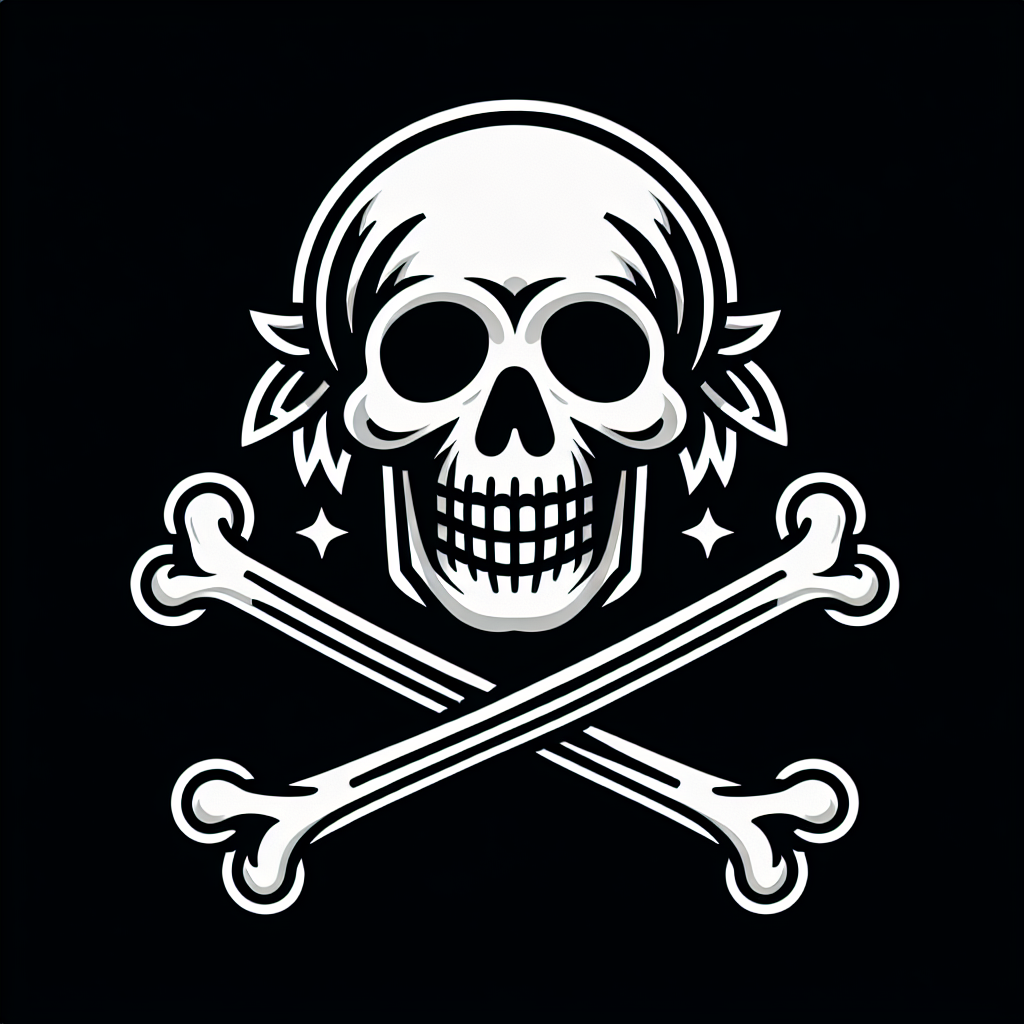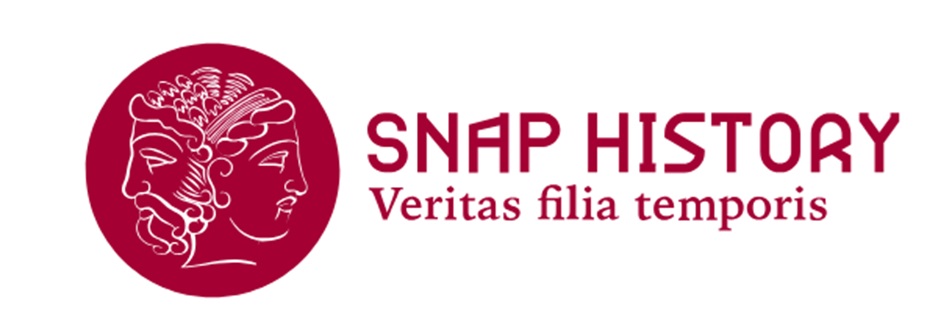The Jolly Roger
The symbol of terror for every pirate

Example of a Jolly Roger - AI generated image
One of the recognizable symbols associated with the word and image of a pirate is undoubtedly the iconic black flag featuring a white skull with two crossed bones (tibias) — a symbol linked to death. This flag, designed to instill fear in enemies, forcing them to surrender and signaling that the ship belonged to pirates, became known as the Jolly Roger. It was primarily used by European and American pirates, former privateers or adventurers of European origin (from Spain, Portugal, Great Britain, France, and the New World) who set sail to amass wealth through raids, particularly in the treasure-laden waters of the Americas.
The origin of the name "Jolly Roger" remains uncertain. Some believe it derives from the French jolie rouge ("pretty red"), later adapted into English as "Old Roger," a term associated with the devil, eventually evolving into "Jolly Roger." In its red variation — used by privateers and retained upon their transition to piracy — the Jolly Roger signified an intent to offer "no quarter," meaning no prisoners would be taken. The red color symbolized the blood of enemies.
With the rise of the Golden Age of Piracy (1714) and the proliferation of pirate ships and captains, there arose a need to customize and distinguish their Jolly Roger flags, ensuring instant recognition among foes. The sight of a specific flag often triggered panic, given the notorious reputation of the captain it represented. Pirates would sometimes first hoist the national flag of their country of origin to deceive their targets before raising the Jolly Roger, striking fear and maximizing their spoils while minimizing losses.
Some of the famous variations of the Jolly Roger include those of Calico Jack and Thomas Tew, who replaced the crossed bones with two swords. Blackbeard (Edward Teach) used a skeletal figure holding an hourglass in one hand and a sword (or arrow) in the other, standing beside a bleeding heart. Bartholomew Roberts designed a flag featuring a man and a skeleton, one holding a sword or arrow and the other grasping an hourglass or a cup, toasting to death. Meanwhile, Henry Avery opted for a red Jolly Roger, an unmistakable harbinger of certain doom.
Charles Johnson, translation by Andrea Comincini, Storia generale dei pirati, Nutrimenti Mare, 2022
David Cordingly, translation by Adria Francesca Tissoni, Storia della pirateria, Mondadori, 2017
2025-10-07
Salvatore Ciccarello
